AO Edited
Edwin Carter Museum
A museum of natural history, Edwin Carter's original log cabin home and workshop houses taxidermy specimens.
For more than 125 years, this quaint log cabin has been packed with a menagerie of taxidermy creatures that once roamed the mountains of the American west. The intriguing collection is the work of a 19th-century man whose mining career took an unusual turn.
Born sometime around 1830 in upstate New York, Edwin Carter made his way west across the United States, first becoming a merchant in Iowa before joining the stream of pioneers hoping to strike it rich mining gold in Colorado. He eventually wound up in Breckenridge, where by all accounts he was a successful miner with many productive claims in the area.
But something began to bother Carter. He noticed that the growth of the mining and logging industries in the Rocky Mountains had a disastrous effect on the local wildlife. With this realization, his life took on a new focus. He became an amateur naturalist and set out to preserve as many taxidermy specimens as possible so future generations could see the creatures that once lived in Colorado’s mountains before human activity drove them away or to extinction.
After several decades, he amassed over 3,000 specimens. They crowded every corner of his cabin. His collection became famous, attracting both trained scientists and curious tourists. As he grew older he became concerned about what would happen to his collection after his death, as he had never married and had no relatives in Colorado.
In 1897, Carter traveled to Denver and offered to sell his stuffed animals to a group of wealthy citizens with the hopes of creating a museum. The group agreed to the proposal and in 1900 the Colorado Museum of Natural History (which has since been renamed as the Denver Museum of Nature and Science) was founded. Carter’s collection provided its first exhibits. Unfortunately, he didn’t live to see the museum’s founding, having died earlier that year.
Carter’s original cabin is still preserved. Visitors to it today, like visitors in the 1800s, can view the rare and now-extinct animals that once roamed this patch of the American west. They can also learn about the taxidermy process and the unique life of the man who used to call the cabin home.
Know Before You Go
Please check the Breckenridge History (formerly Breckenridge Heritage Alliance) website for museum schedule. This museum is free with a $5 suggested donation. There is a history interpreter at the museum, and self-guided tour.
Community Contributors
Added by
Edited by
Plan Your Trip
The Atlas Obscura Podcast is Back!



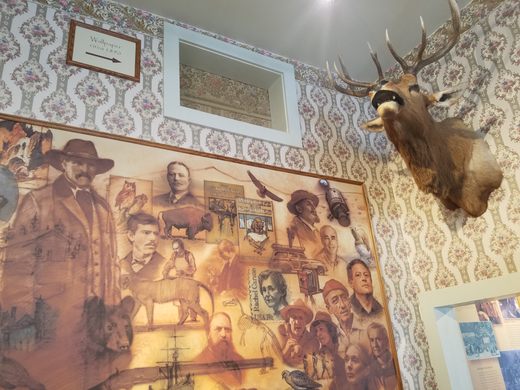
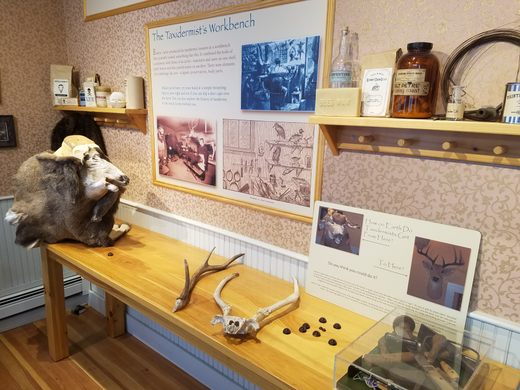
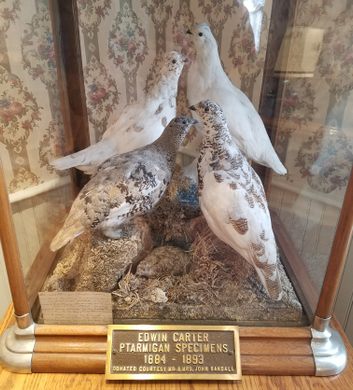
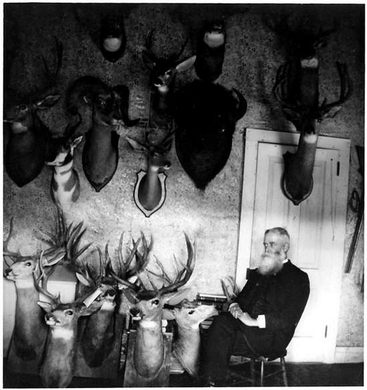
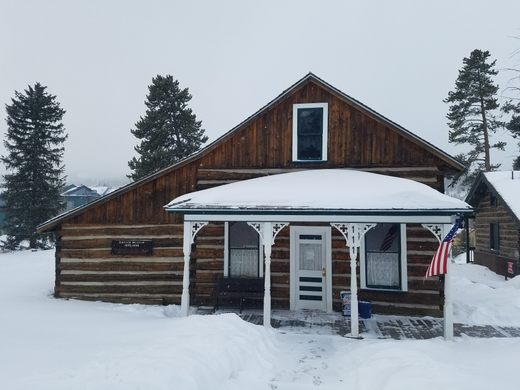
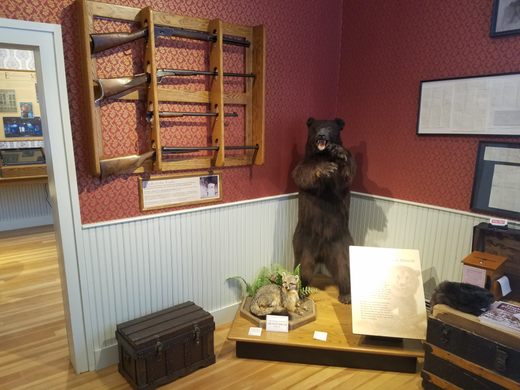
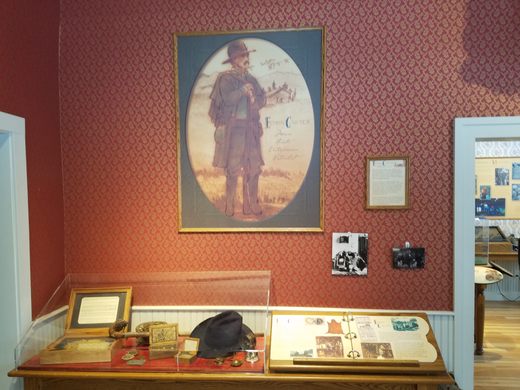



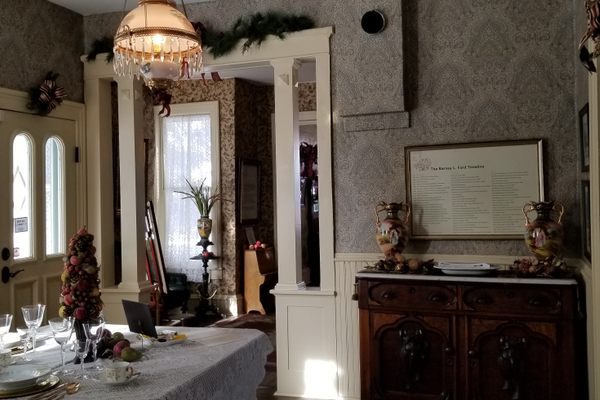
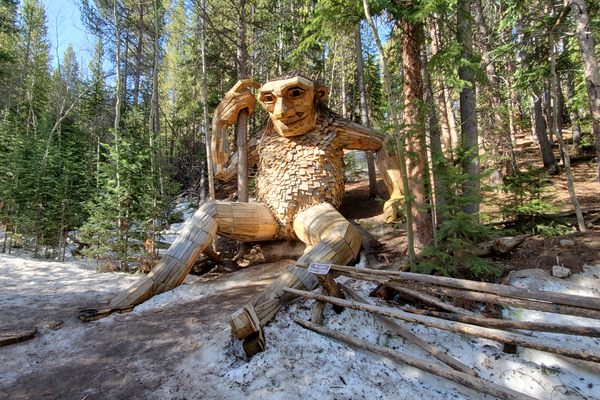
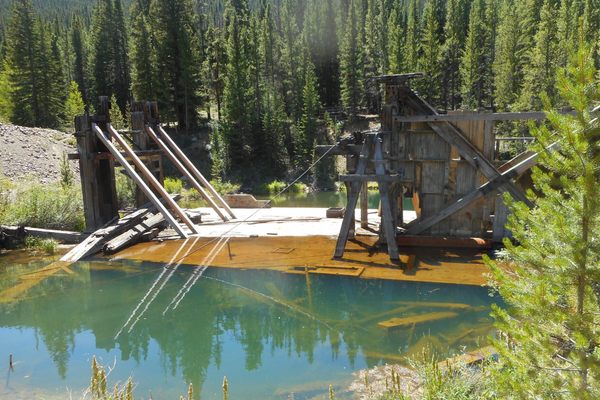
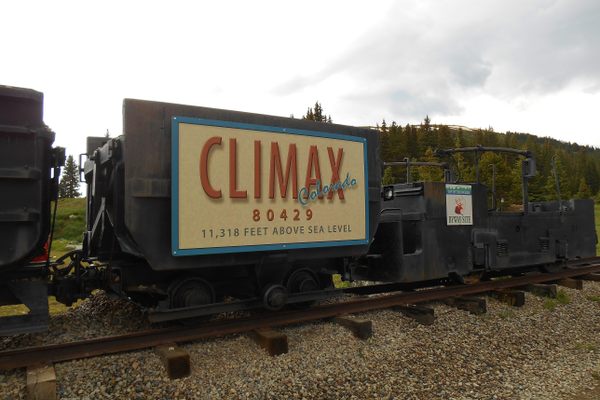




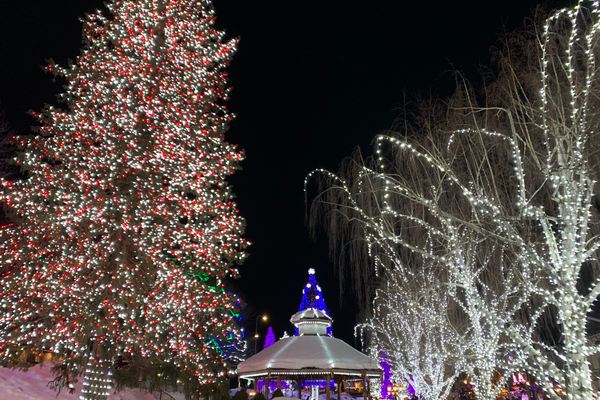

Follow us on Twitter to get the latest on the world's hidden wonders.
Like us on Facebook to get the latest on the world's hidden wonders.
Follow us on Twitter Like us on Facebook